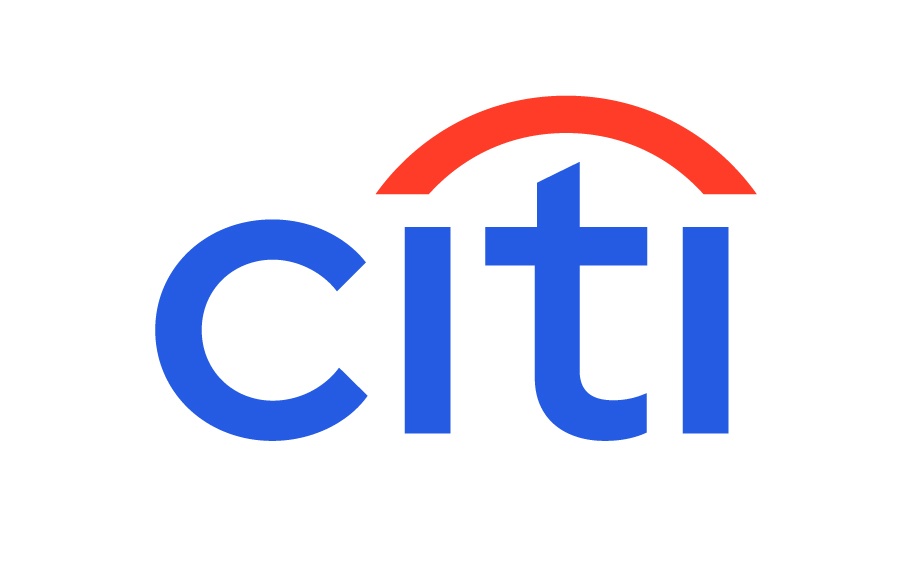Banks streamlined to succeed
 How is the banking sector’s restructuring plan is playing out?
How is the banking sector’s restructuring plan is playing out?
The banking sector’s restructuring plan consists of three steps. The first step involves bettering banks’ liquidity, particularly that of underperforming banks through mergers and acquisitions.
It seems that the State Bank (SBV) will soon complete this step. However, there is a curveball. The lack of transparency from banks has made it hard for the State Bank to know banks’ real health.
Interest rates on the interbank market fell sharply in the recent past with short-term lending shedding to just 2-3 per cent per year. However, there are cases in which negotiable bank mobilising rates came to 15-16 per cent per year against a regulated ceiling deposit rate of 11 per cent per year.
This means those banks, not having collateral to borrow in the interbank market, had to boost mobilising from depositors to increase liquidity.
What is the next step?
The next step relates to tackling bad debts. The SBV has green-lighted banks to extend debt maturity to firms. The central bank has recently issued Dispatch No 2871/NHNN-TD requiring 14 banks in the "G 14 " group to hold the initiative in implementing debt settlement solutions under the current regulations. The crux of this document is to allow these banks to trade in debts.
However, little progress has been made in respect to banks tackling bad debts. After bad debts are addressed, the SBV will focus on restructuring banks’ operations, strategies and re-designing risk management systems.
How long will it take to complete the plan?
It could take four years to finalise the project since we may need to hire international experts to help us design the banking sector’s risk management system. The plan is just in its initial stage. The central bank could radically deal with underperforming banks in the special control list through mergers and acquisitions. Hence, in the coming period if weak banks were not merged into big banks, they might be brought together as was the case in the past.
Does bank health classification, based on SBV criteria to give banks credit growth targets, work well?
In my view, classifying banks is just a temporary solution. In defining banks’ health, the SBV bases on diverse criteria including banks’ total asset, bad debt quality, liquidity,
mobilising/lending rate, usage of short-term and long-term deposits, return-on-asset (ROA) and return-on-equity (ROE) rates, banks’ sensibility to market changes and interest rate situation.
Classifying banks using these criteria is reasonable, but I think it is just a temporary solution for allocation of banks’ credit growth targets.
What the stars mean:
★ Poor ★ ★ Promising ★★★ Good ★★★★ Very good ★★★★★ Exceptional
 Tag:
Tag:
Related Contents
Latest News
More News
- Brand growth solutions in the banking sector (September 05, 2024 | 14:00)
- Aquaculture stocks lean to speculative (September 05, 2024 | 11:27)
- Citi appoints new head of Financing for Investment Banking (September 04, 2024 | 18:03)
- BAC A BANK enhances options for young enterprises (September 04, 2024 | 09:47)
- Bad debt risks make banks switch focus (September 04, 2024 | 08:00)
- The prospects for foreign exhange market for rest of 2024 (August 31, 2024 | 21:52)
- Addressing legal gaps for resolving non-performing loans (August 31, 2024 | 21:47)
- CASA ratio assessment for first half of 2024 (August 31, 2024 | 21:41)
- Reference exchange rate continues going up (August 30, 2024 | 10:33)
- Banks still counting profit from securities trading (August 29, 2024 | 19:06)
























 Mobile Version
Mobile Version